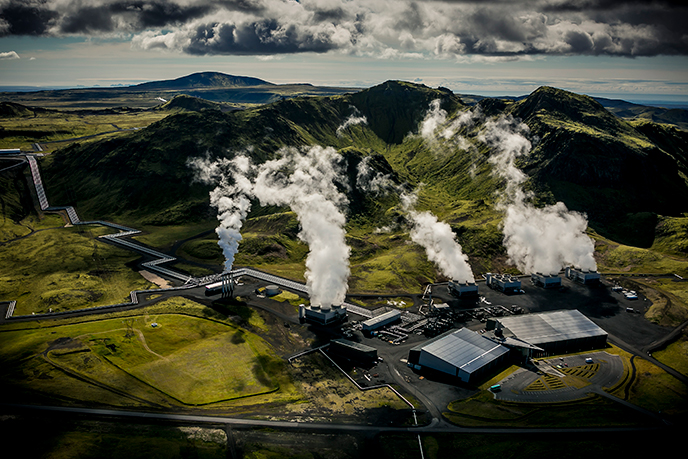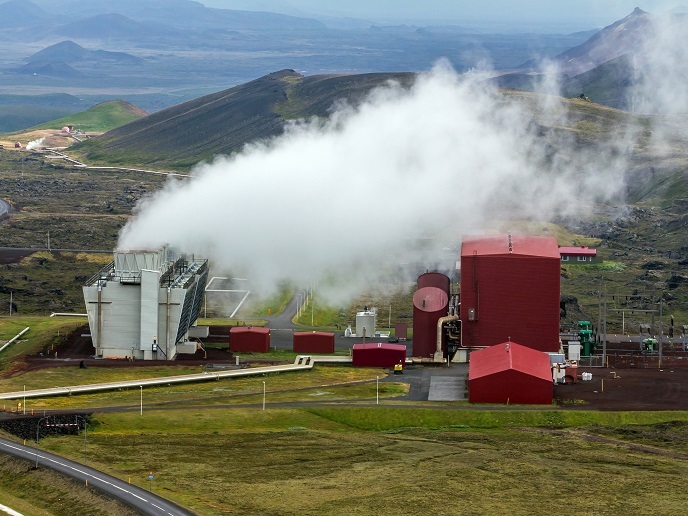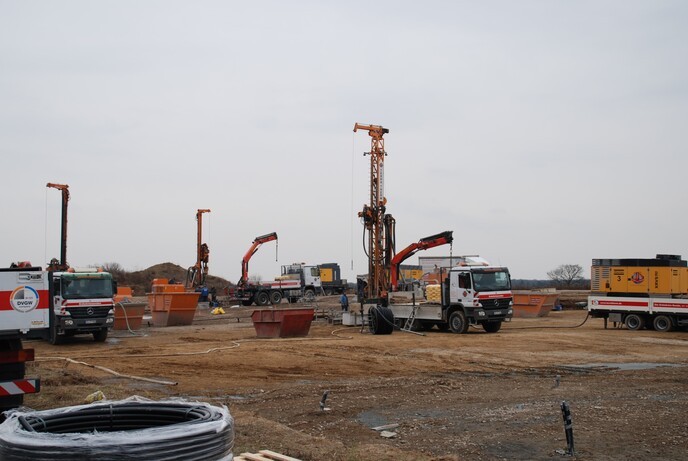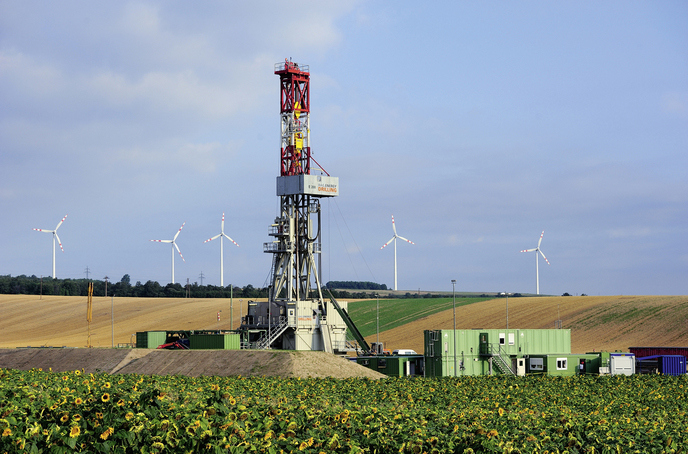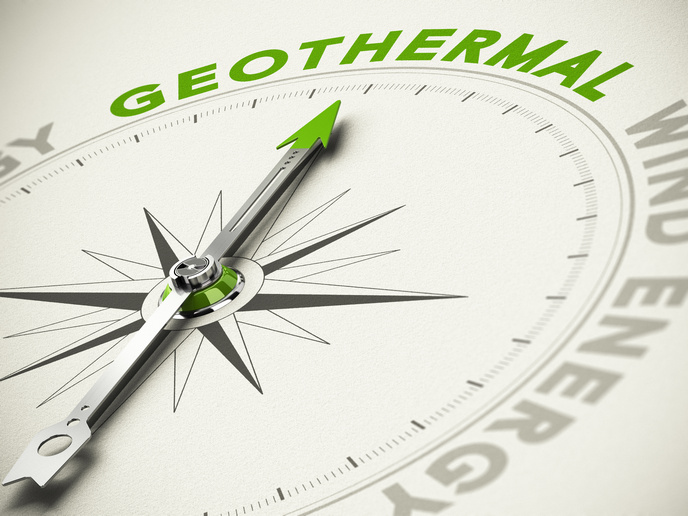The next big thing in the geothermal power industry
Although geothermal development and power generation are relatively clean, geothermal power plants remain a substantial source of sulfur dioxide, CO2 and hydrogen sulfide (H2S) emissions. Building upon the success of the recently completed CarbFix project, the EU-funded GECO initiative introduces a holistic solution for emission gas management in the geothermal industry.
Emissions reduced, captured, stored and transformed
GECO is implementing a promising technology for CO2 mineral sequestration that enables reduction of CO2 emissions from geothermal power plants in an enduring and secure way. Its aim is to capture the gases by dissolving them in water from the power plants and inject the gas-charged water back into the geothermal reservoir, where they are mineralised. The team has created new and more accurate modelling tools to predict the reactions that occur in the subsurface in response to induced fluid flow. The feasibility of gas capture for reuse was based on second-stage cleaning of the gas stream, through amine gas treatment and burn and scrub processes. This produces a CO2 stream with H2S levels below 1 ppm. The results: a more cost-competitive geothermal energy with low environmental risk, an optimised production process and a ‘how-to’ guide for commercialising the by-products of the stored emissions – ideal materials to be used in the construction materials sector.
Making the most out of the challenges
The GECO approach was designed to be applied in four distinct reservoirs in different European countries: a high-temperature basaltic reservoir in Iceland, a high-temperature gneiss reservoir in Italy, a high-temperature metamorphic reservoir in Turkey and a low-temperature sedimentary reservoir in Germany.
A stone’s throw from quality control and market launch
The project’s high multidisciplinarity, with 18 partners across Europe and diverse expert teams, seems to have been the secret to its success. “The partners’ high collaborative spirit and resilience throughout the challenges and their openness to share knowledge within and outside the consortium were key elements for the progress of GECO,” says the project’s communications officer and manager Amel Barich. This year the GECO team are starting the demonstration campaigns at the designated sites. “It is an important year for the project where we will test the solutions developed over the past few years,” explains Barich. “We are also tackling the business aspect by developing the exploitation strategy of the results and creating a business case for GECO.”
Keywords
GECO, emission gas, geothermal energy, geothermal power, gas capture, gas reuse, low emissions, CO2



